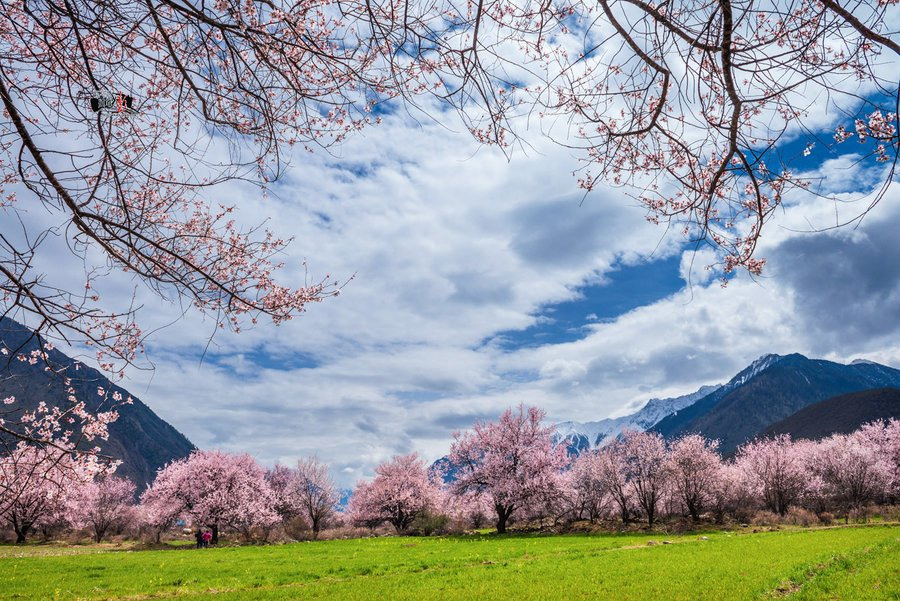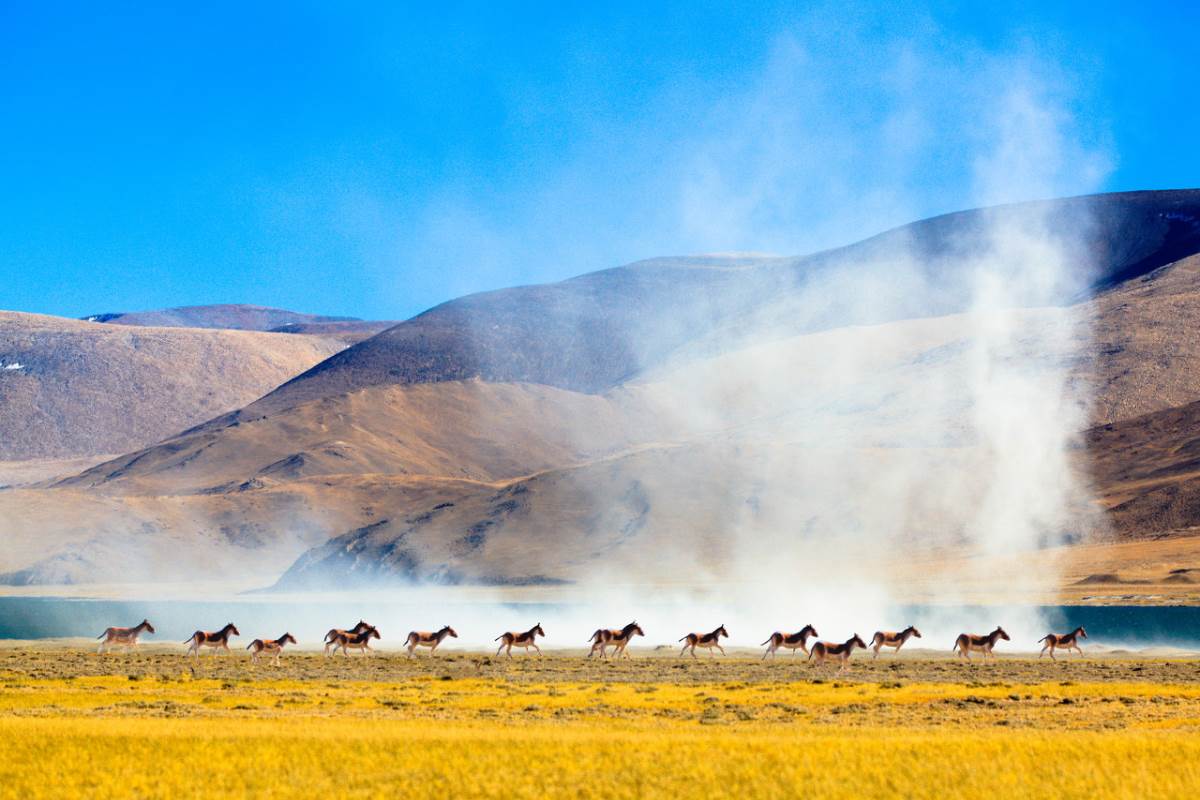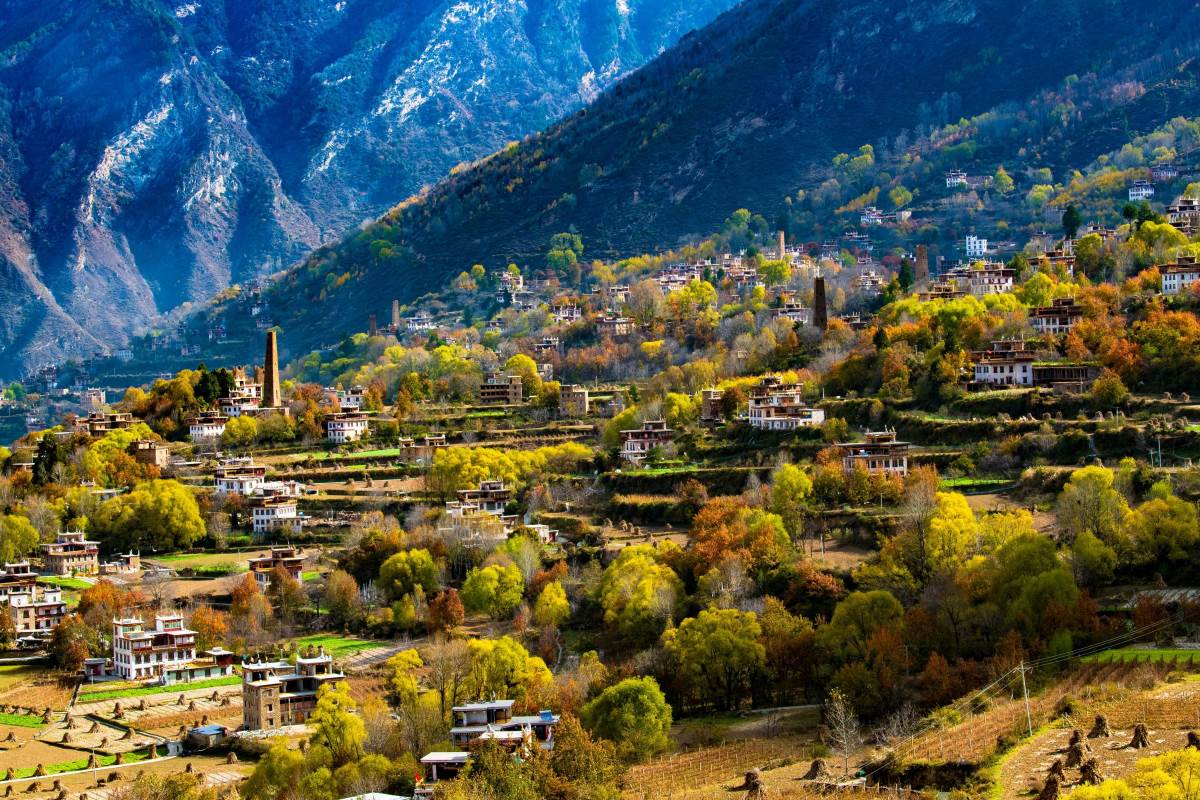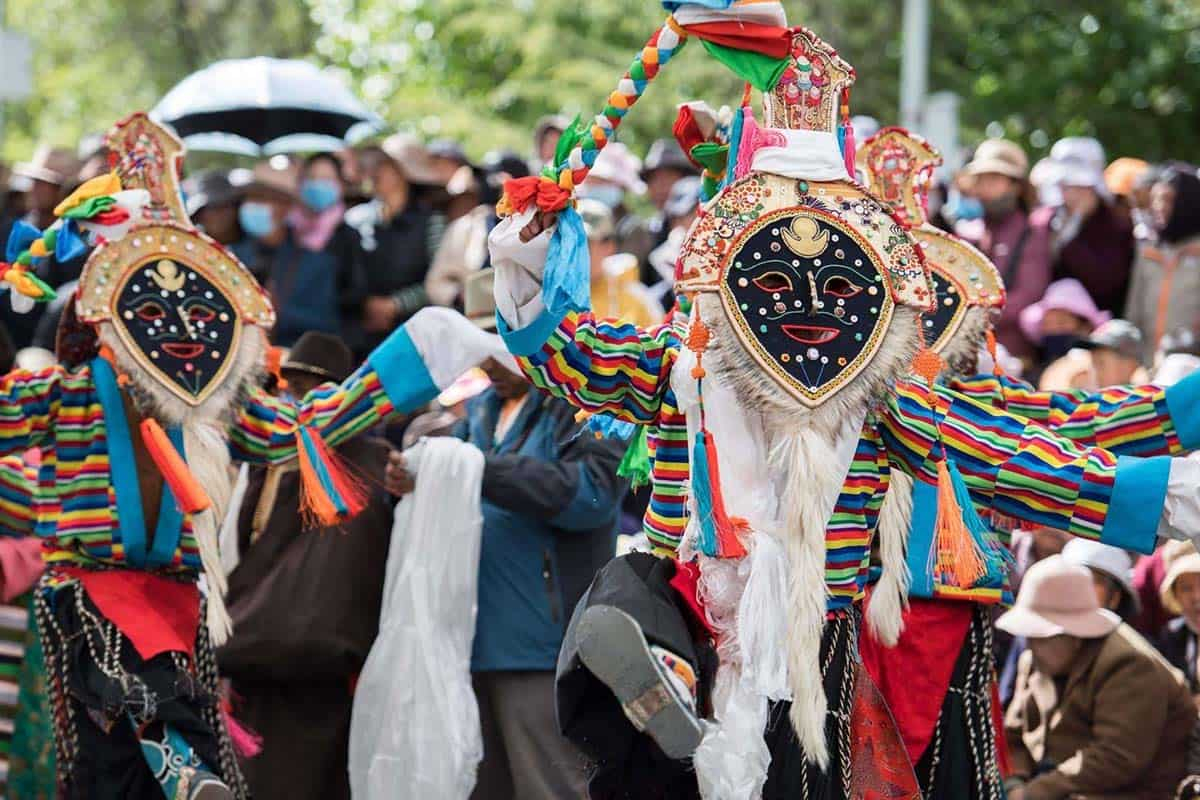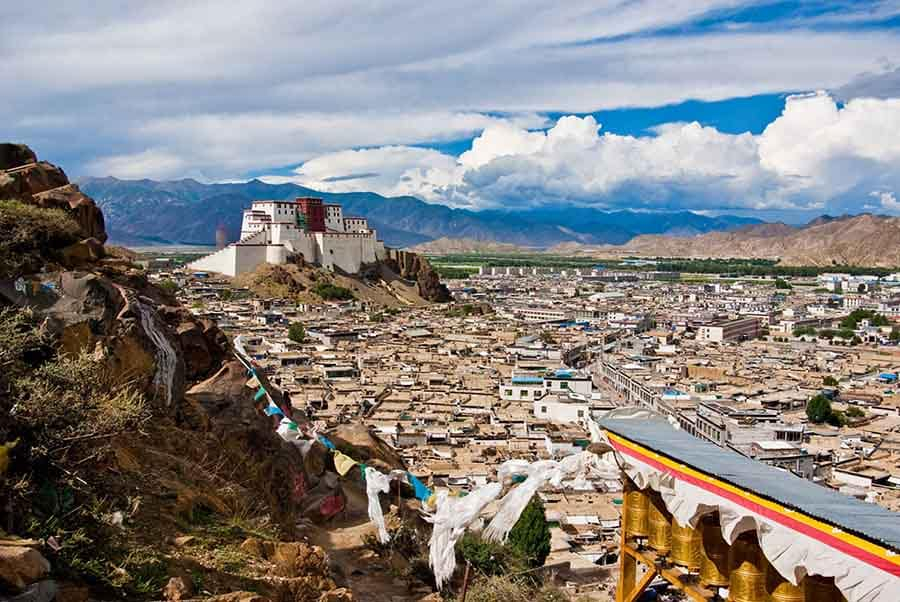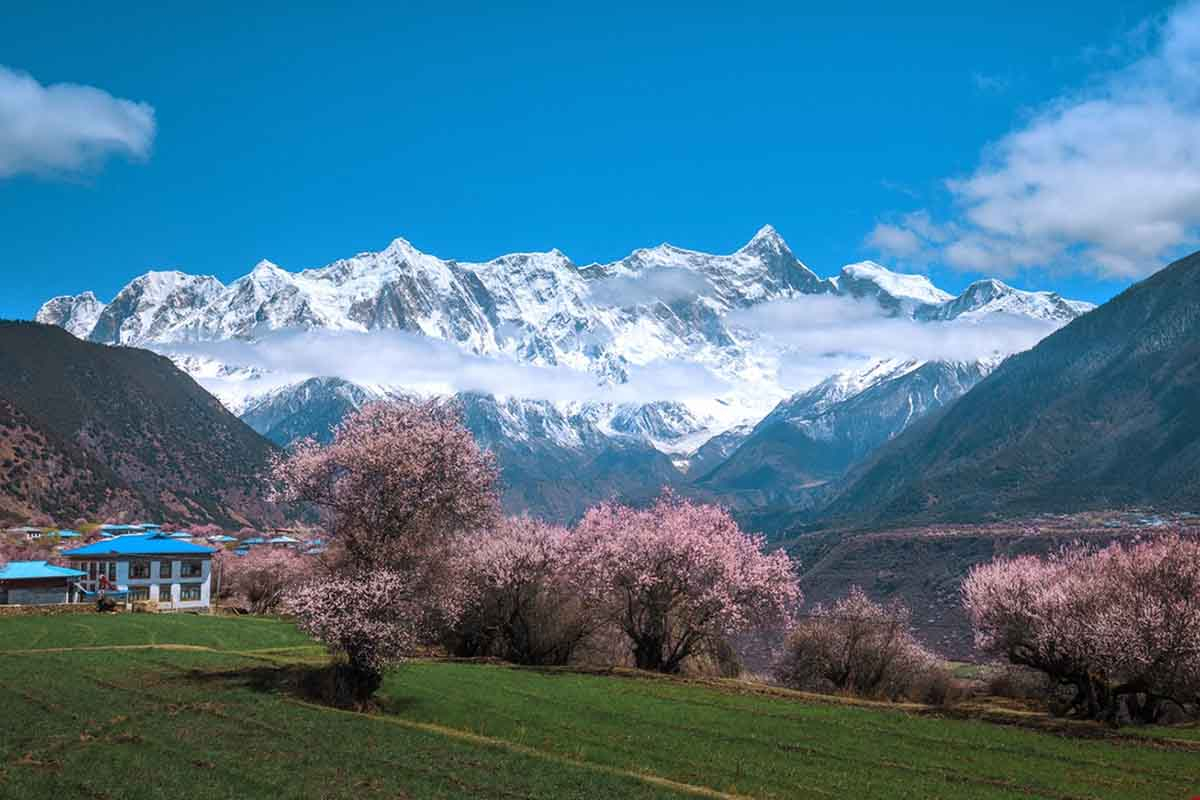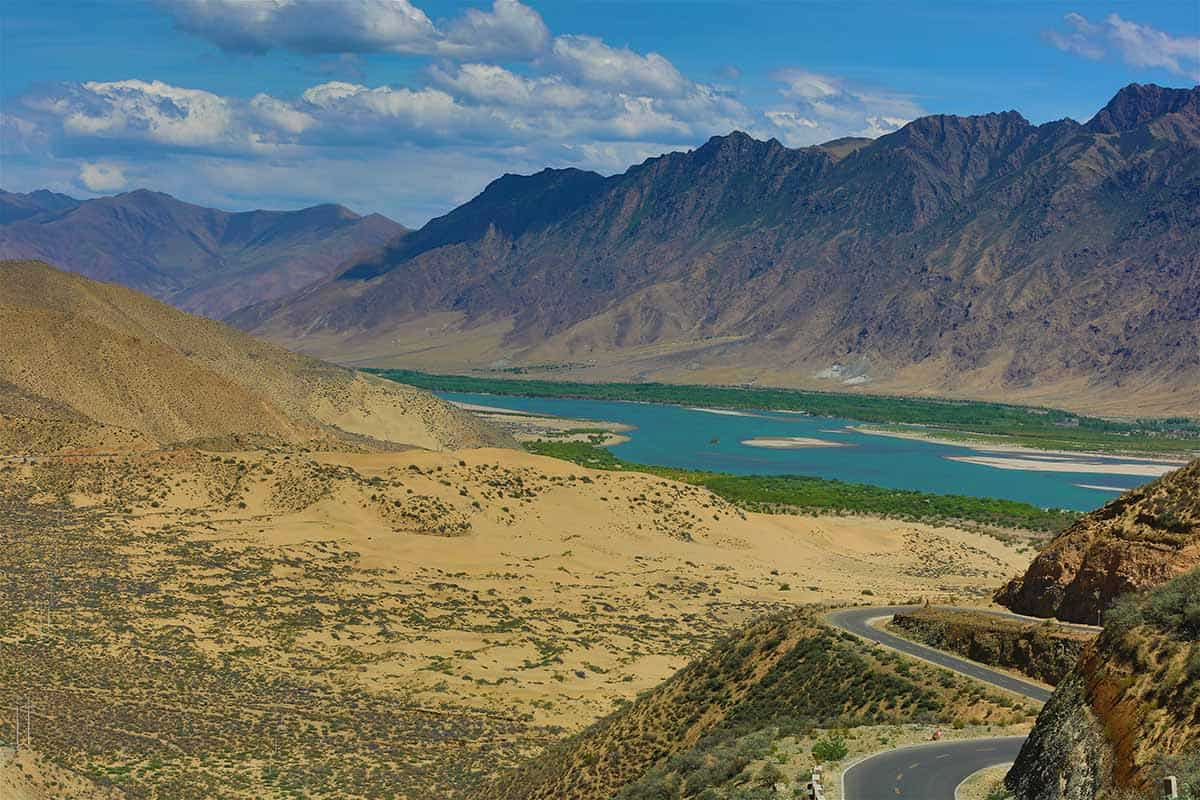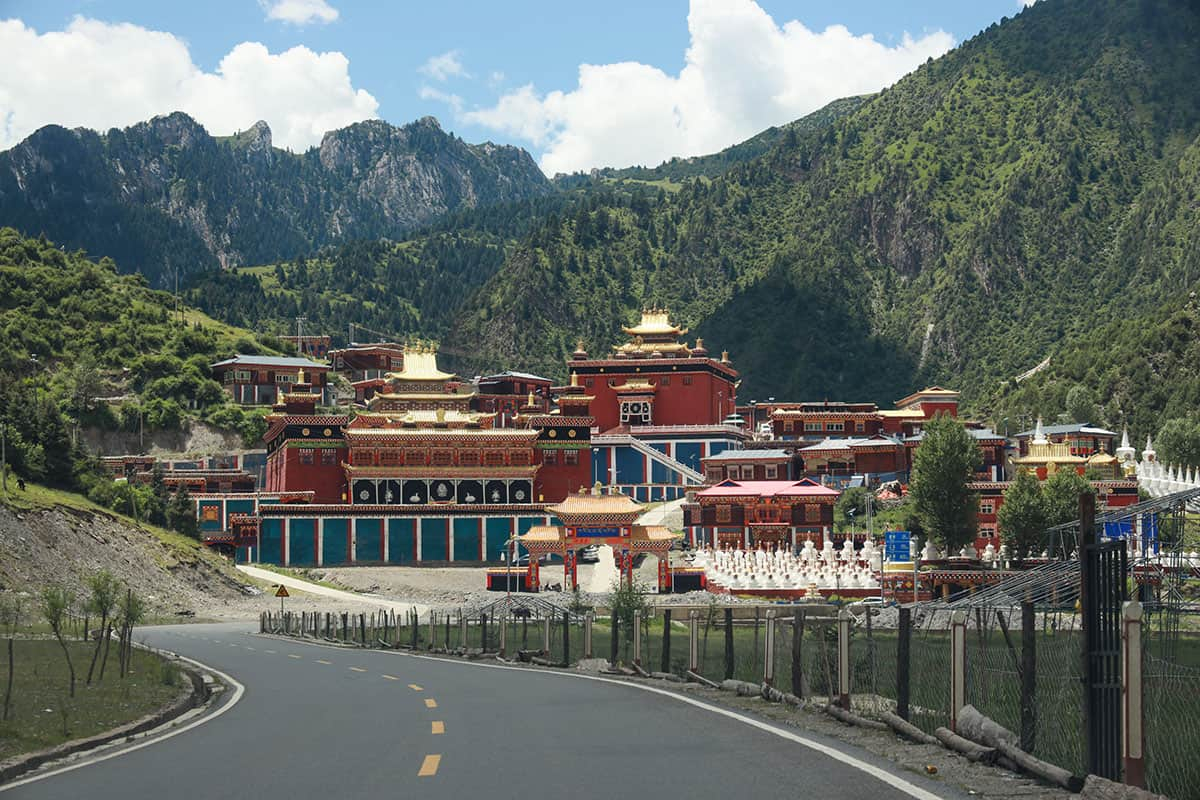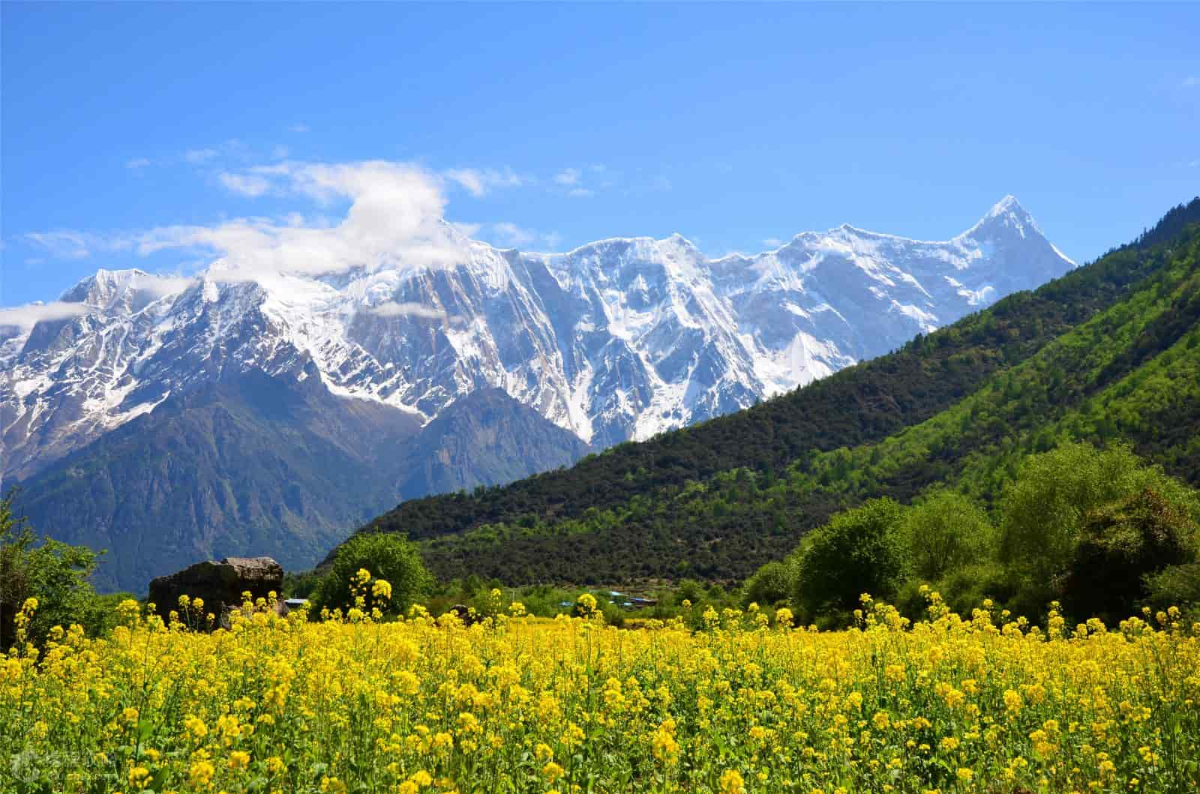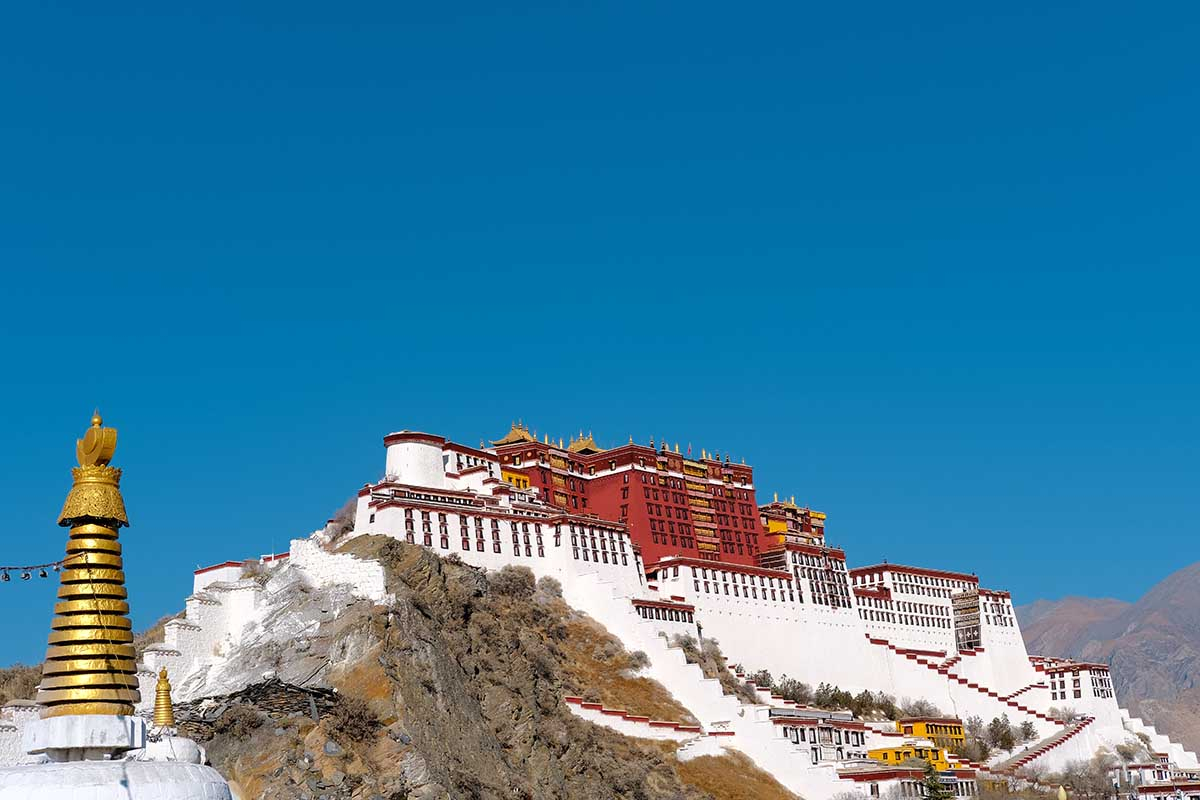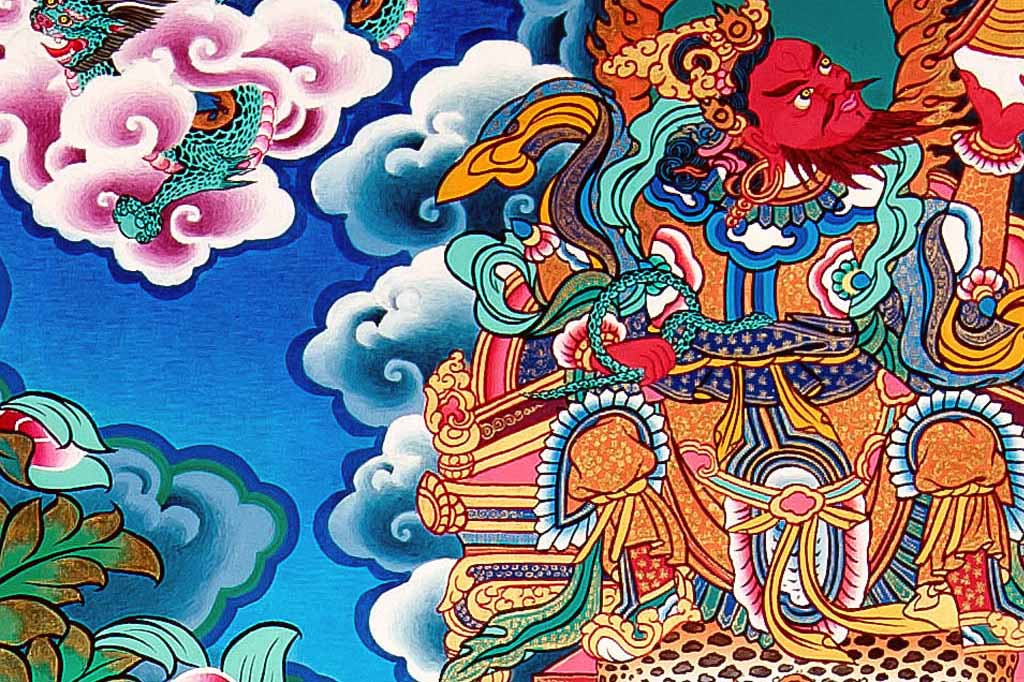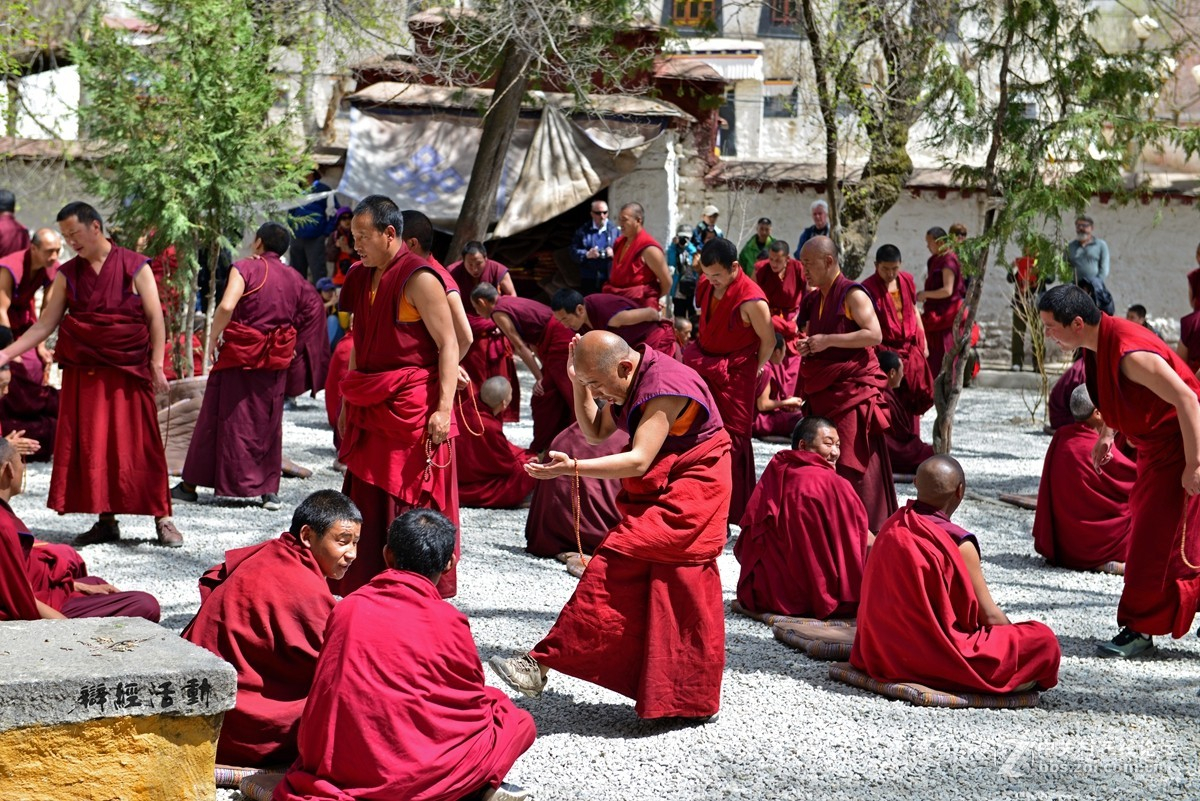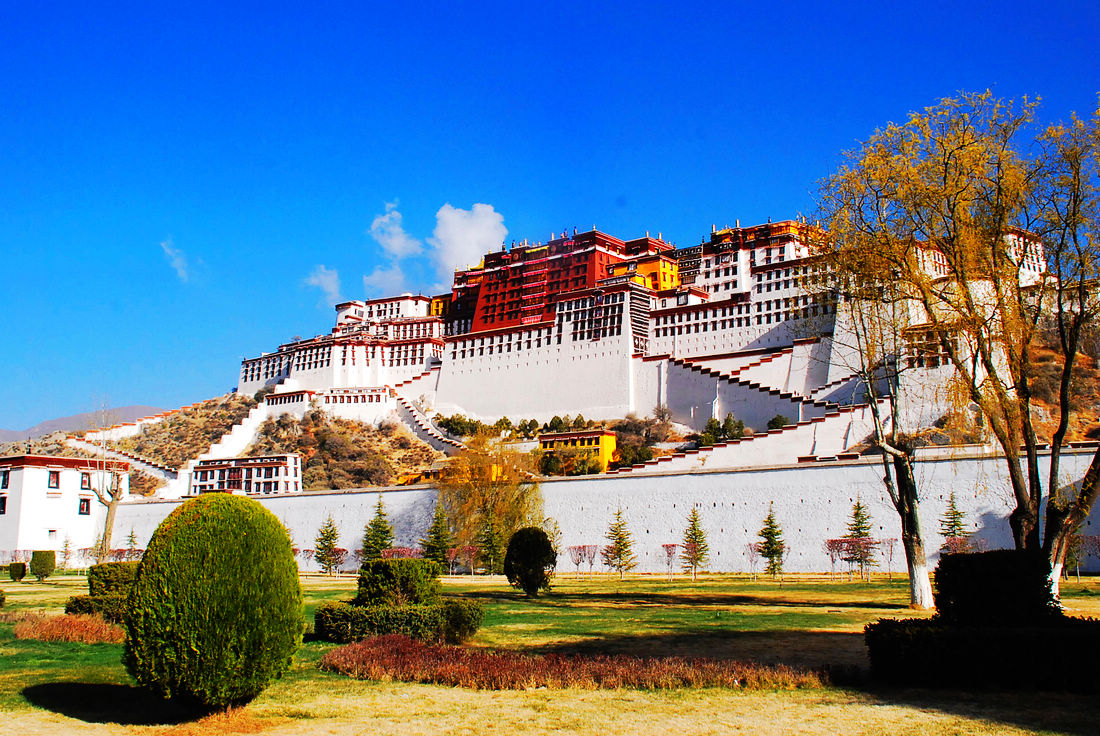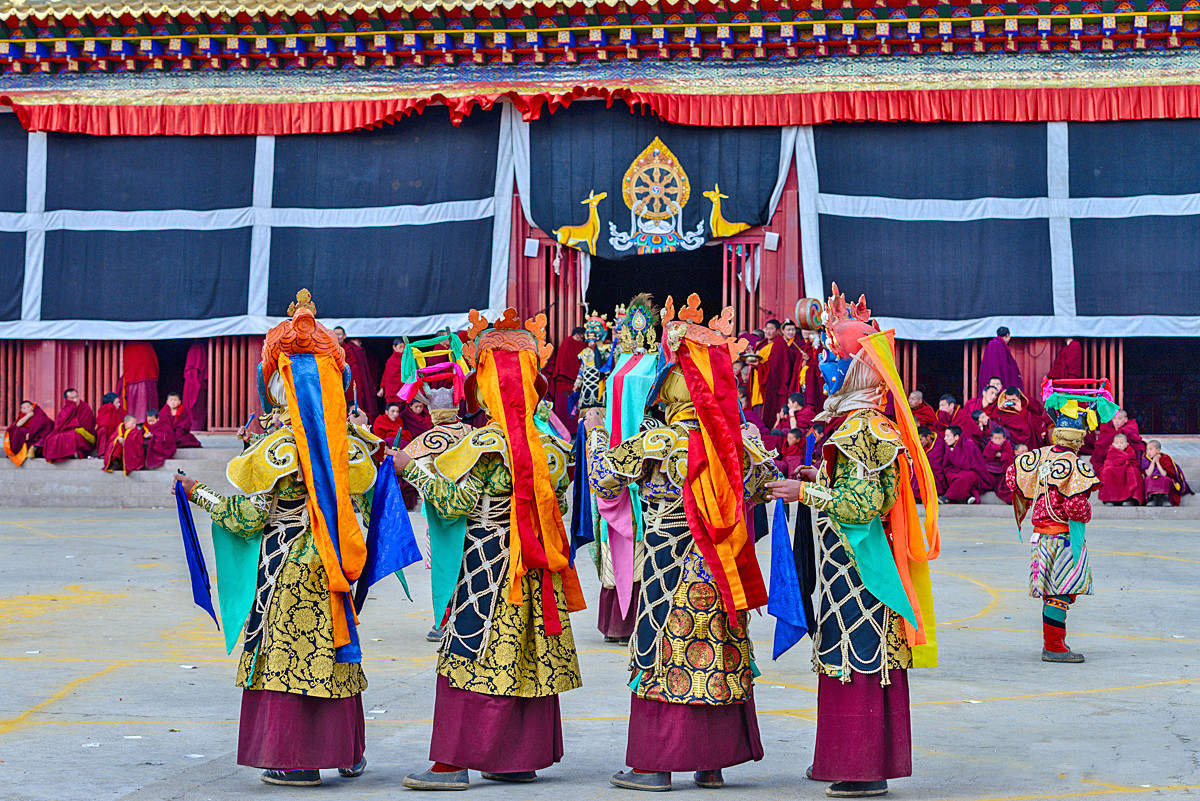High altitude sickness and how to prevent it
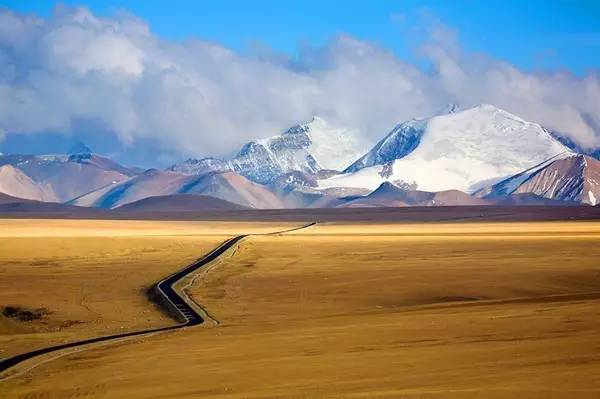
Altitude sickness, also known as Acute Mountain Sickness(AMS), or altitude illness is common at high altitudes, and depends on the elevation, the rate of ascent and individual susceptibility.
Why it happens
The pressure of the air that surrounds you is called barometric pressure. When you go to higher altitudes, this pressure drops and there is less oxygen available.
If you live in a place that’s located at a moderately high altitude, you get used to the air pressure. But if you travel to a place at a higher altitude than you’re used to, your body will need time to adjust to the change in pressure.
People have different susceptibilities to altitude sickness; for some otherwise healthy people, acute altitude sickness can begin to appear at around 2,000 metres above sea level, such as at many mountain ski resorts, equivalent to a pressure of 80 kilopascals. This is the most frequent type of altitude sickness encountered.
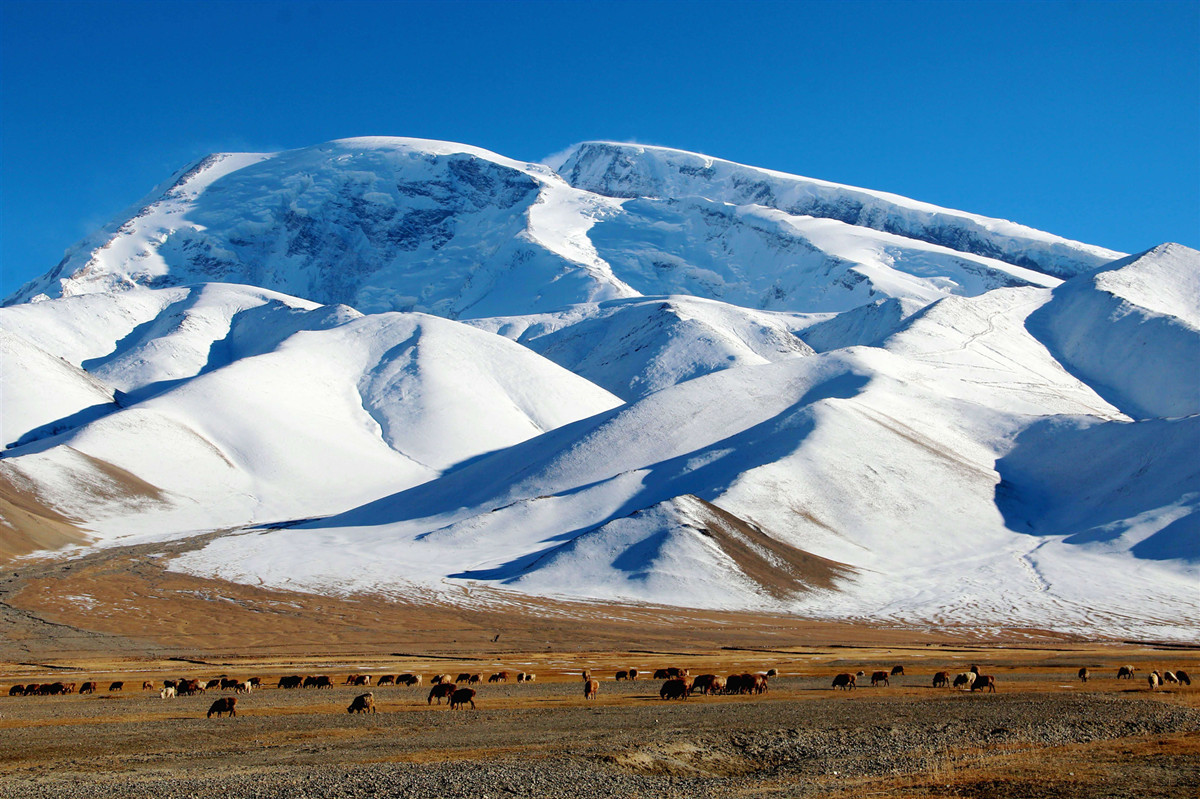
Symptoms of high alttude sickness
Tibet and most of the Sichuan west areas are plateau, the average altitude of west Sichuan is about 3000 meters, while average altitude of Tibet is about 4000 meters above the sea level. You may suffer a bit from High Altitude Sickness in the beginning days of your trip if you haven’t had rich high plateau travel experience.
Symptoms often manifest themselves six to ten hours after ascent, symptoms tend to be worse at night and include headache, dizziness, lethargy, loss of appetite, nausea, breathlessness and irritability. Difficulty sleeping is another common symptom, and many travelers have trouble sleeping for the first few days after arriving in Lhasa.
But don’t worry too much, some symptoms that will generally disappear through acclimatization in several hours to several days, but they occasionally develop into the more serious conditions.
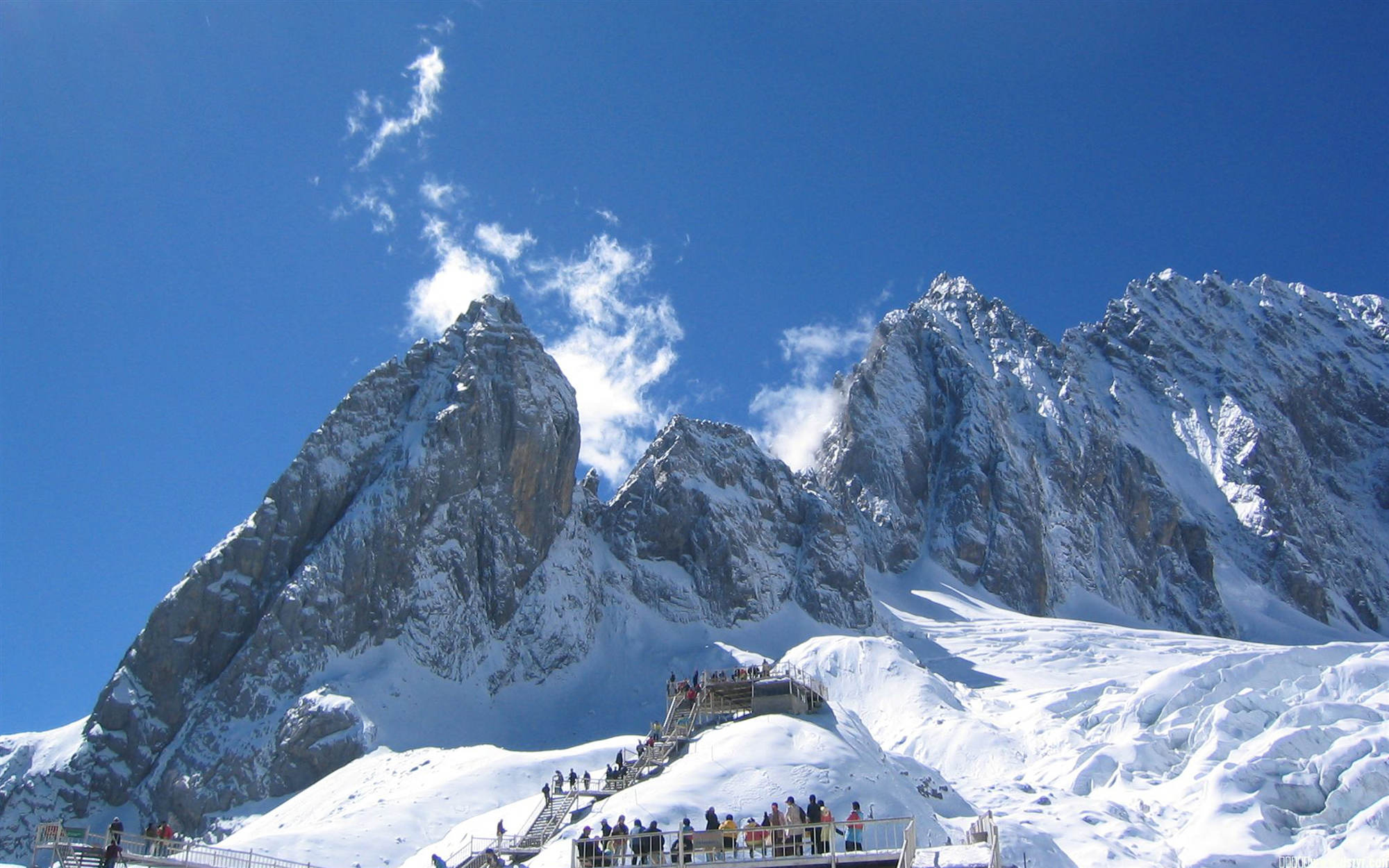
Prevention of altitude sickness
Prevention of altitude sickness falls into two categories, proper acclimatization and preventive medications. Below are a few basic guidelines for proper acclimatization.
If possible, don't fly or drive to high altitude. Start below 10,000 feet (3,048 meters) and walk up.
If you do fly or drive, do not over-exert yourself or move higher for the first 24 hours.
If you go above 10,000 feet (3,048 meters), only increase your altitude by 1,000 feet (305 meters) per day and for every 3,000 feet (915 meters) of elevation gained, take a rest day.
"Climb High and sleep low." This is the maxim used by climbers. You can climb more than 1,000 feet (305 meters) in a day as long as you come back down and sleep at a lower altitude.
If you begin to show symptoms of moderate altitude illness, don't go higher until symptoms decrease (Don't go up until symptoms go down).
If symptoms increase, go down, down, down!
Keep in mind that different people will acclimatize at different rates. Make sure all of your party is properly acclimatized before going higher.
Stay properly hydrated. Acclimatization is often accompanied by fluid loss, so you need to drink lots of fluids to remain properly hydrated (at least 3-4 quarts per day). Urine output should be copious and clear.
Take it easy; don't over-exert yourself when you first get up to altitude. Light activity during the day is better than sleeping because respiration decreases during sleep, exacerbating the symptoms.
Avoid tobacco and alcohol and other depressant drugs including, barbiturates, tranquilizers, and sleeping pills. These depressants further decrease the respiratory drive during sleep resulting in a worsening of the symptoms.
Eat a high carbohydrate diet (more than 70% of your calories from carbohydrates) while at altitude.
The acclimatization process is inhibited by dehydration, over-exertion, and alcohol and other depressant drugs.
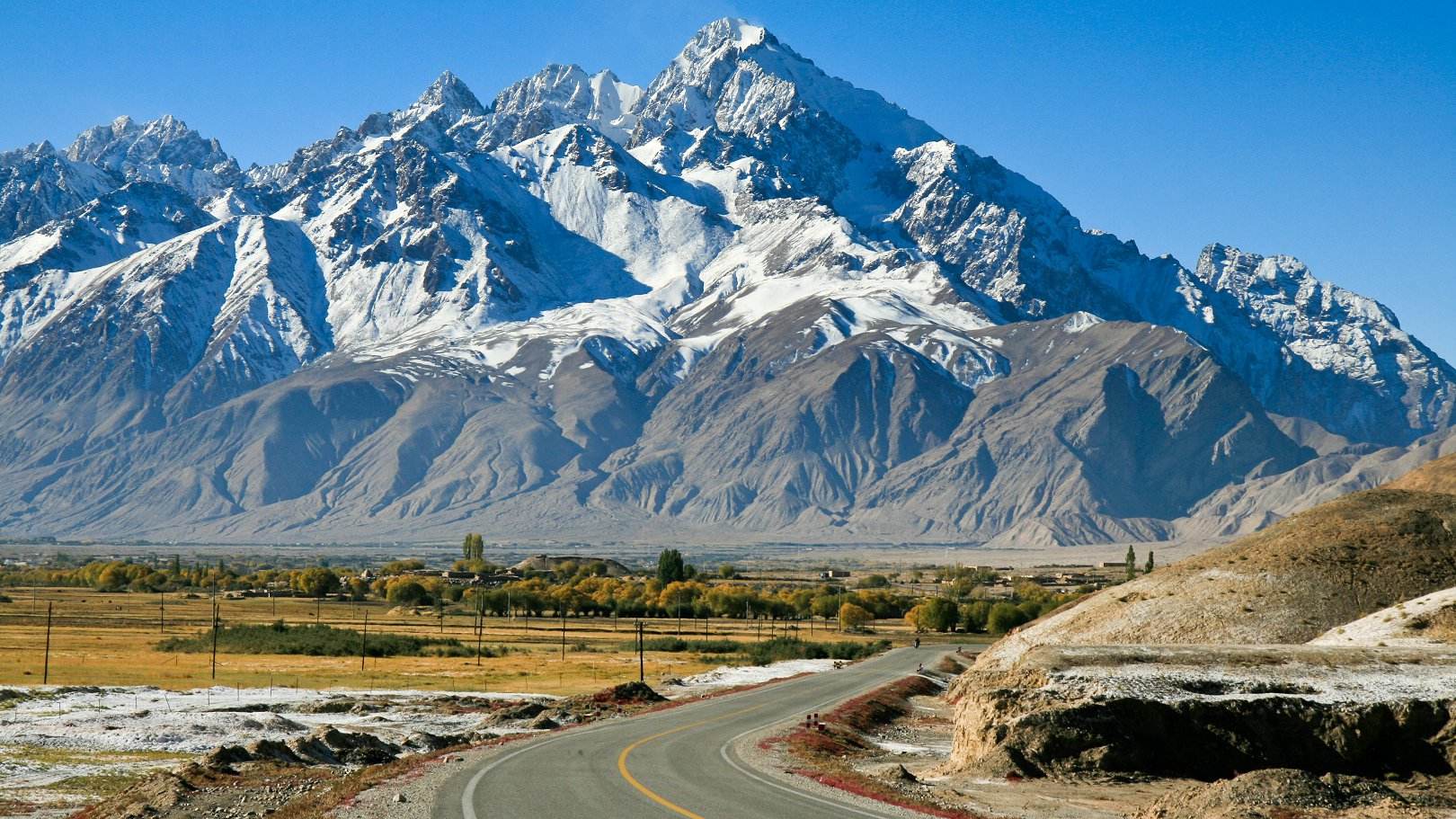
You Might Like
- HOTEST
- RECOMMEND
